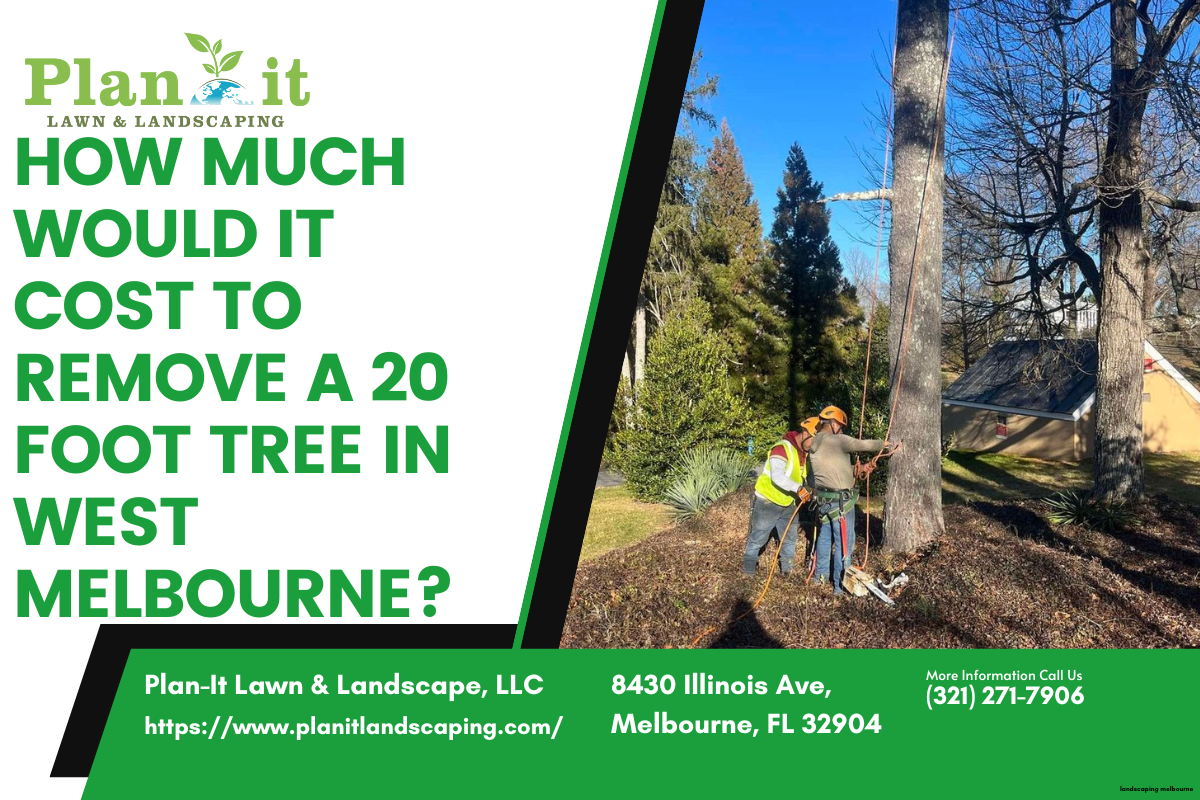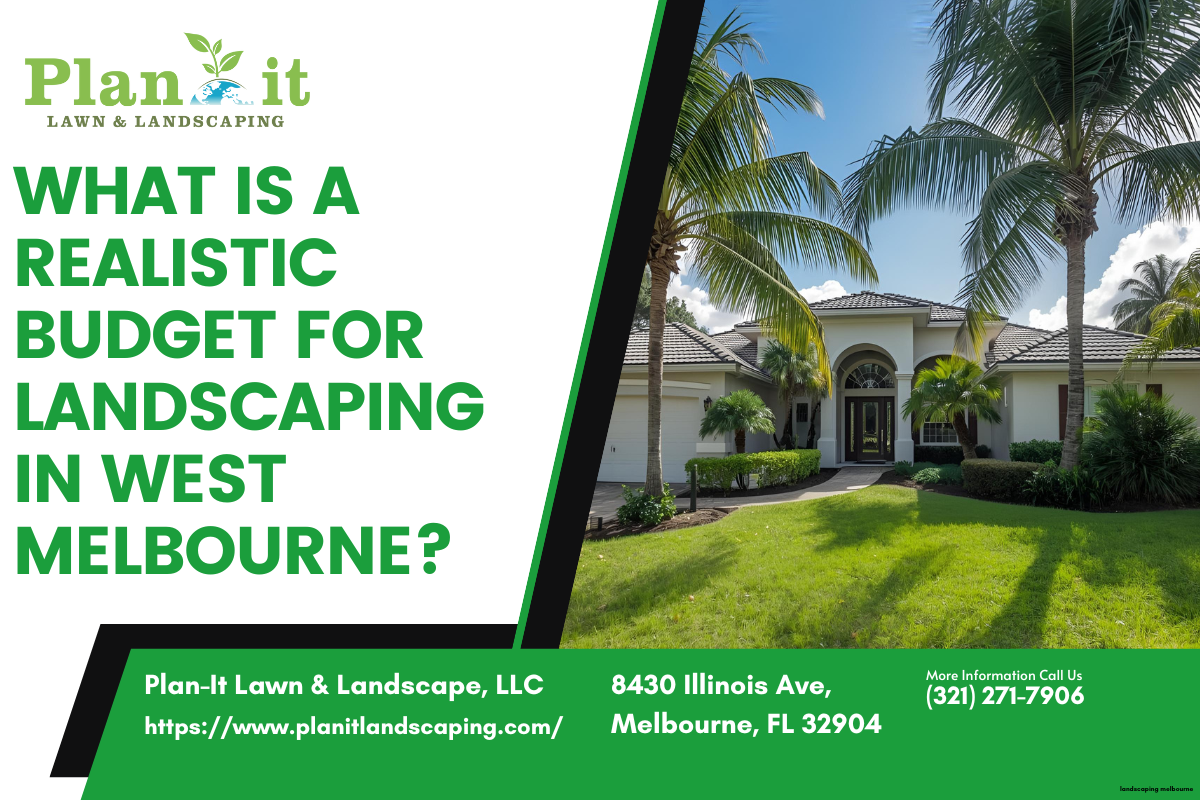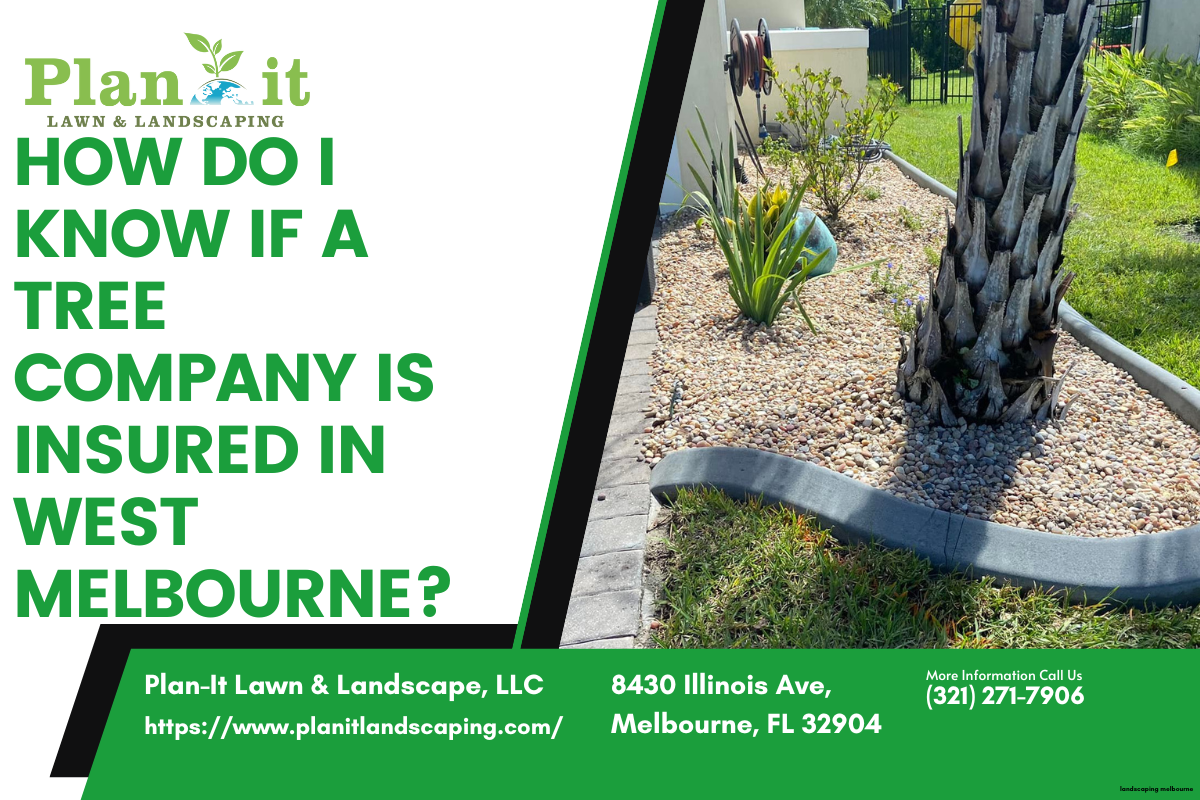TABLE OF CONTENTS
The cost to remove a 20-foot tree typically ranges from $150 to $450. While this size is considered small in the arboriculture industry, the final price on your invoice is shaped less by the tree's height and more by critical factors like its location on your property, overall health, trunk diameter, and the complexity of the removal process. A professional assessment is essential to get an accurate quote and ensure the job is done safely, protecting your property's value.
Why tree height is just the starting point
When homeowners inquire about tree removal, height is often the first metric that comes to mind. It's a simple, measurable attribute. A 20-foot tree, roughly the height of a two-story house, certainly seems manageable. However, for professional arborists, height is merely one data point in a much larger equation. The true cost and complexity of a tree removal project are revealed by a comprehensive evaluation of the tree and its surroundings.
Think of it this way: removing a 20-foot pine tree from the middle of an open, flat lawn is a straightforward task. Removing a 20-foot multi-trunk oak tree that has grown precariously over your roof, tangled in utility lines, and is leaning towards your neighbor’s fence is an entirely different scenario. Both trees are the same height, but the risk, time, and specialized equipment required for the second job will be significantly greater. This is the core of our thesis: the final cost is determined by critical factors beyond height, such as accessibility, tree health, and the necessity of professional services to protect your property's value.
The core factors that determine your final tree removal cost
A detailed quote from a reputable tree service company will be based on a thorough on-site inspection. The arborist isn’t just measuring height; they are performing a risk assessment and developing a strategic plan for safe removal. Here are the key variables they are evaluating.
Accessibility and location
Where the tree is located on your property is arguably the most significant cost driver. A tree service needs to bring in heavy equipment, and how easily they can do that directly impacts labor hours and the type of machinery required.
- Front Yard vs. Backyard: A tree in the front yard with direct street access is the easiest scenario. The crew can park a bucket truck and a wood chipper right next to the work area. A tree in a fenced backyard with no gate access for machinery means everything must be done manually. Limbs will have to be carried out by hand, a far more labor-intensive and time-consuming process.
- Terrain: Is the tree on a steep slope, a retaining wall, or a marshy part of your yard? Difficult terrain can prevent the use of heavy equipment and require specialized climbing and rigging techniques, adding to the complexity and cost.
- Obstacles: Structures like sheds, decks, swimming pools, intricate gardens, or fences under the tree's canopy create obstacles that the crew must work around carefully. This necessitates a more precise, piece-by-piece removal rather than simply felling the tree in one go.
Tree species and diameter
Not all trees are created equal. The type of wood and the thickness of the trunk play a major role in the time and effort required for removal.
- Wood Density: Hardwoods like oaks, maples, and hickories are dense and heavy. They take longer to cut, require more frequent saw chain sharpening, and the logs are heavier to move. Softwoods like pines, spruces, and poplars are lighter and generally easier and faster to process.
- Trunk Diameter: While a tree may only be 20 feet tall, it could have a very wide trunk, especially if it's a mature, ornamental species. Many professionals consider the diameter at breast height (DBH), about 4.5 feet from the ground, a more accurate pricing indicator than total height. A wider trunk means more wood to cut, handle, and haul away.
- Growth Habit: A single, straight trunk is simpler to remove than a tree with multiple co-dominant stems or a wide, sprawling canopy that requires extensive rigging over a large area.
Tree health and condition
The health of the tree is a critical safety consideration that directly influences the removal strategy and cost. A healthy, strong tree is predictable. A compromised tree is a liability that requires a higher level of expertise and caution.
- Dead or Decaying Trees: A dead tree can be extremely dangerous. The wood may be brittle and unpredictable, making it unsafe for a climber to ascend. The structural integrity is compromised, meaning it could fail unexpectedly during the removal process. This increased risk often requires the use of a crane or bucket truck to dismantle the tree from above, which can increase the cost.
- Diseased or Pest-Infested Trees: Trees weakened by disease or pests can have similar structural issues as dead trees. Additionally, certain diseases may require specific disposal protocols to prevent spreading to other healthy trees in the neighborhood, which can add a layer of complexity.
- Damaged Trees: A tree that has been damaged by a storm, with broken limbs hanging precariously (known as "widow-makers"), requires immediate and careful attention. This falls into a higher-risk category and will be priced accordingly.
Proximity to structures and utilities
This factor is closely related to accessibility but focuses specifically on high-value targets. Any tree that poses a direct threat to property or public services requires a meticulous, surgical removal process.
- Homes and Buildings: If a tree’s branches overhang your roof, windows, or deck, crews cannot simply cut and drop them. Each piece must be carefully roped, cut, and lowered to the ground in a controlled manner to avoid catastrophic damage. This rigging process is highly skilled and time-consuming.
- Utility Lines: Working near power, cable, or phone lines is extremely hazardous and requires specialized training and coordination. In some cases, the utility company may need to be involved to temporarily de-energize a line. An insured, professional tree service will have the expertise to work in these high-risk environments safely.
- Neighboring Properties: If the tree is on a property line or its canopy extends into a neighbor's yard, the removal must be executed with extreme care to avoid damaging their home, fence, or landscaping. This legal and financial liability is a primary reason to hire an insured professional.
Breaking down the quote: what’s included in a professional service?
When you receive a quote, it’s crucial to understand exactly what services are included in the price. A lower bid might not be a better deal if it excludes essential services that you'll have to pay for later. A comprehensive quote from a company like Plan-It Lawn And Landscaping will itemize the scope of work. While professional tree removal services generally cost between $200 and $2,000, with an average cost of $750, understanding the components helps you compare apples to apples.
The stump question: grinding vs. removal
One of the most common points of confusion is what happens to the stump. Felling a tree only removes it to ground level. Dealing with the stump is a separate task.
- Stump Grinding: This is the most common and cost-effective method. A powerful machine with a cutting wheel grinds the stump and its immediate roots into small wood chips, typically going 6-12 inches below the surface. This allows you to fill the area with topsoil and plant grass. The cost can range from $100 to $400, depending on the stump's diameter and accessibility.
- Stump Removal: This involves pulling the entire stump and major root ball out of the ground with heavy machinery like a backhoe. It is a highly invasive, destructive, and expensive process, typically only done when the area is being excavated for construction (e.g., a foundation or pool).
Answering your key questions about tree removal costs
With a better understanding of the influencing factors, let's address some of the most common questions homeowners have about tree removal expenses.
How much does it cost to remove a 20 foot tree?
As we've established, there's a range. However, we can provide some clear scenarios. According to industry data, the cost to remove a tree that is 30 feet or less is typically in the range of $150–$450. A 20-foot tree falls squarely within this "small tree" category. Here’s how the variables we discussed can push the price to the low or high end of that spectrum:
- The Low End (~$150 - $250): This price would be for a best-case scenario. A small, 20-foot softwood tree (like a pine or arborvitae) located in an easily accessible front yard with no nearby obstacles. The job is simple, requires minimal rigging, and can be completed quickly by a small crew.
- The Mid-Range (~$250 - $450): This reflects a more typical situation. The 20-foot tree might be a hardwood (like a young maple), located in a backyard requiring some manual labor to move debris, or growing near a fence or shed that requires careful sectioning.
- The High End ($450+): If your 20-foot tree is growing in a very difficult-to-access location, is severely diseased and unstable, or has its canopy dangerously entangled over your home or power lines, the cost can exceed the typical range for a "small" tree. The price reflects the increased risk, time, and specialized skill required for a safe removal.
How much do tree removal companies charge per hour?
While some general labor services charge by the hour, it is not the standard practice for professional tree removal. The vast majority of reputable companies provide a flat-rate, per-job quote. This is for your protection as a consumer. A fixed price means you know the full cost upfront, regardless of whether the job takes three hours or six. It eliminates the risk of an unexpectedly high bill if the crew encounters minor delays.
If you were to break it down, the hourly rate for a fully equipped and insured 2-3 person tree crew would likely be in the $200 to $500 per hour range. This rate covers not just the workers' wages but also insurance (liability and worker's compensation), fuel, equipment maintenance (trucks, chipper, chainsaws), and other business overhead. The per-job quote simply bundles these projected costs into a single, predictable number for the client.
How do regional costs affect pricing? A look at Minnesota (and beyond)
A frequent question is "How much is tree removal in [specific state]," such as Minnesota. While national averages provide a useful baseline, costs can and do vary significantly based on your geographic location. It's impossible to state a definitive price for Minnesota without a local quote, but we can explain the factors that cause this regional variance:
- Local Economy: The cost of living, average wages, fuel costs, and insurance rates in an area directly impact a company's operating expenses, which are then reflected in their pricing. A metropolitan area like Minneapolis-St. Paul will likely have higher rates than a rural part of the state.
- Regulations and Licensing: Some states or municipalities have stricter licensing, bonding, or insurance requirements for arborists, which can increase the cost of doing business.
- Dominant Tree Species: A region dominated by large, dense hardwoods may have a higher average removal cost than an area with smaller, softer trees.
- Seasonal Demand: In states like Minnesota with harsh winters, there is often a surge in demand for tree removal after heavy snow or ice storms, which can temporarily drive up prices due to the backlog of emergency work.
The only way to get a true cost for tree removal in MN, or any other state, is to get quotes from qualified, local professionals.
What about emergency tree removal costs?
Emergency service is a premium offering that carries a significantly higher price tag. This service is required when a tree has already failed or is an imminent threat to people or property, often outside of normal business hours. You can expect to pay a premium because the work is unscheduled, high-risk, and requires immediate mobilization of a crew. It's not uncommon for emergency tree removal to cost up to $5,000, especially for a large, hazardous tree that has fallen on a house. The cost covers after-hours call-outs, the immediate danger involved, and the high demand that often follows a severe weather event.
The alternative to removal: how much to move a 20-foot tree?
Sometimes, the problem isn't the tree itself, but its location. If you have a beautiful, healthy 20-foot tree that you'd rather preserve, moving it—a process called transplanting—is an option. However, it's important to understand that this is a highly specialized and expensive service.
Moving a 20-foot tree is not a simple digging job. It requires a large piece of equipment called a hydraulic tree spade, which can encircle the tree, dig deep into the ground to secure the root ball, and lift the entire tree out. The cost for transplanting a tree of this size can range from $1,500 to $4,000 or more. The price depends on the tree species, the accessibility of both the original and new locations, and the distance of the move. While costly, it can be a worthwhile investment for a valuable or sentimentally important specimen tree, but it is almost always significantly more expensive than removal.
The hidden costs of DIY tree removal
Faced with a quote of a few hundred dollars, some homeowners are tempted to take on the removal of a "small" 20-foot tree themselves. This is a decision fraught with risk and potential for much higher costs in the long run. The value of professional service lies in risk mitigation.
- Personal Injury: This is the most significant risk. Tree work is one of the most dangerous professions for a reason. Chainsaw injuries, falls, and being struck by falling limbs can be life-altering or fatal. The cost of a single emergency room visit will far exceed the price of professional removal.
- Property Damage: A miscalculation in a felling cut can send tons of wood crashing into your house, your car, or your neighbor's property. The cost of roof repair, a new fence, or a lawsuit will dwarf the original quote. Professional companies carry liability insurance specifically to cover these types of accidents.
- Tool and Equipment Costs: Unless you already own them, you'll need to buy or rent a chainsaw, safety gear (helmet, eye protection, chaps), ropes, and ladders. These costs can add up quickly.
- Debris Disposal: Once the tree is on the ground, what will you do with it? Your municipal waste service likely won't pick up large logs and brush piles. You'll need to rent a wood chipper or a truck to haul the debris to a proper disposal facility, which adds more time and expense.
Local regulations and permits: don't get caught off guard
Many homeowners assume they can remove any tree on their property without issue. However, many municipalities and homeowners' associations (HOAs) have regulations to protect the local tree canopy. You may need a permit before you can legally remove a tree, even a smaller one. These rules are often based on the tree's size, species, or location.
Ignoring these regulations can lead to hefty fines. For example, in Cherry Hill Township, NJ, a Tree Removal Permit is required for any tree with a diameter at breast height (DBH) equal to or greater than five inches as mandated by local ordinance. A 20-foot tree can easily have a trunk wider than five inches. A professional tree service will be familiar with local ordinances and can often handle the permit application process for you, ensuring the project is fully compliant with the law.
Tree removal as an investment in your property
It may seem counterintuitive, but sometimes removing a tree is one of the best things you can do for your property's health and value. While trees are a fantastic asset, the *wrong* tree in the *wrong* place can be a liability. Removing a diseased, dying, or structurally unsound tree eliminates a safety hazard. Removing an overgrown tree that's damaging a foundation or blocking sunlight from your home can prevent expensive future repairs and improve your quality of life.
This strategic removal is part of a larger landscaping plan. Well-managed landscapes have a proven financial benefit. In fact, good landscape designs can increase property values by 4-5% according to university studies. Furthermore, the overall effect of a well-treed property is highly desirable in the real estate market. Research shows a house on a lot with trees or in a neighborhood with mature trees is up to 20% more saleable. By removing a problem tree, you are protecting that investment and making room for a healthier, more valuable landscape to thrive.
Choosing the right tree removal professional
The key to a successful and stress-free tree removal is hiring the right company. A qualified professional protects you, your property, and their crew. Use this checklist when vetting potential companies:
- Proof of Insurance: This is non-negotiable. Ask for certificates of both General Liability insurance (to cover property damage) and Worker's Compensation insurance (to cover injuries to their employees). If you hire a company without worker's comp and one of their workers gets hurt on your property, you could be held liable.
- Credentials and Certifications: Look for companies with an ISA (International Society of Arboriculture) Certified Arborist on staff. This certification demonstrates a high level of knowledge in tree care and safety.
- Detailed, Written Estimates: Do not accept a verbal quote. A professional estimate should be in writing and clearly detail the full scope of work, what is included (e.g., hauling, cleanup), and the total cost.
- References and Reviews: Check online reviews and ask for references from recent local jobs. A reputable company will be proud to share its track record of satisfied customers.
- Safety Practices: Observe the company when they come to provide an estimate. Do they seem professional? Do they talk about safety protocols? A company that prioritizes safety is one that respects its clients, its crew, and the profession.
Ultimately, the cost to remove a 20-foot tree is an investment in the safety, beauty, and value of your property. While the tree itself may be small, the process involves significant risk and requires professional expertise to be done correctly. Understanding the factors that shape the final price—from accessibility to debris removal—empowers you to seek out fair quotes and hire a qualified arborist with confidence. If you're in the West Melbourne, FL, area and need a professional, reliable assessment for your tree removal needs, contact the experts at Plan-It Lawn And Landscaping today for a comprehensive quote.




















